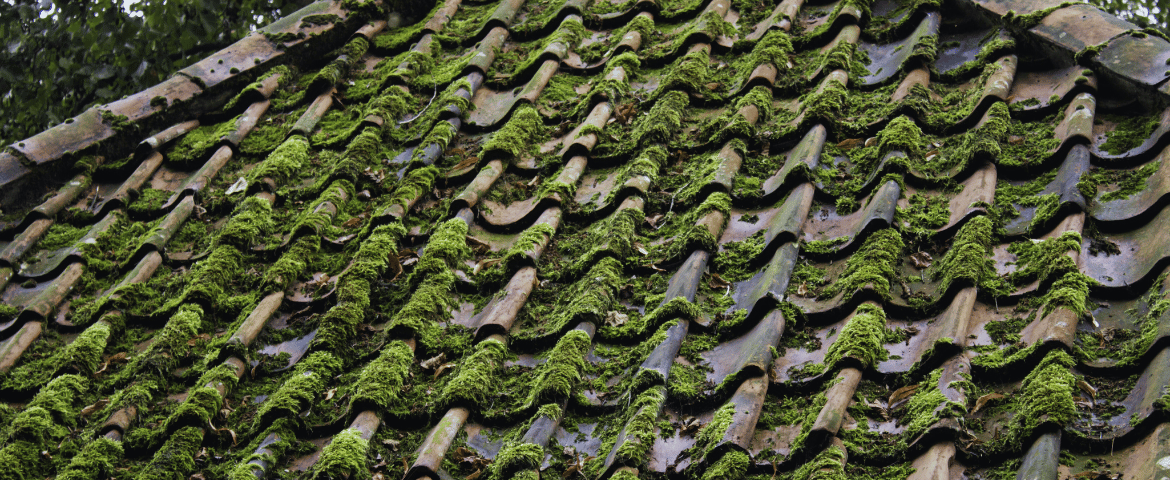How Long Does a Roof Last in Florida?

Living in Florida means enjoying sunshine, beautiful beaches, and warm weather year-round. However, it also means dealing with intense heat, heavy rain, high humidity, and the occasional hurricane. These extreme weather conditions take a toll on your roof, making it essential to know when it’s time for a replacement.
The lifespan of your roof depends on the materials used and how well it has been maintained. Here’s a general guideline for roof longevity in Florida’s climate:
- Asphalt Shingles (Most Common) – 15 to 20 years
- Metal Roofs – 40 to 70 years
- Tile Roofs – 50+ years
- Flat Roofs (TPO, EPDM, Modified Bitumen) – 10 to 20 years
Because of Florida’s harsh weather conditions, roofs here tend to age faster than in milder climates. The combination of UV exposure, salty air (especially in coastal areas), and severe storms can shorten a roof’s expected lifespan.
Signs It’s Time to Replace Your Roof

If your roof is reaching the end of its lifespan or showing signs of damage, it might be time for a replacement. Here are some key indicators Florida homeowners should look for:
. Frequent Leaks or Water Damage
Florida’s heavy rains can quickly expose weaknesses in your roof. If you notice water stains on ceilings, walls, or in the attic, it could mean your roof is deteriorating.
. Shingle Damage (Cracking, Curling, or Missing Shingles)
Asphalt shingles are prone to curling, cracking, and blowing off in high winds. If you frequently find shingles in your yard or see granules in your gutters, your roof may need an upgrade.
. Visible Mold, Mildew, or Algae Growth
Florida’s humid climate creates the perfect environment for mold, mildew, and algae to thrive on roofs. While some algae growth is common, excessive black streaks or moss growth can indicate deeper moisture problems.
. Roof Sagging or Soft Spots
A sagging roof is a serious issue that could mean structural damage. If you notice soft spots or areas where your roof appears to dip, call a professional immediately.
. Damage from Hurricanes or Severe Storms
Strong winds, hail, and flying debris can weaken your roof over time. Even if your roof looks fine after a storm, hidden damage can lead to bigger problems later.
. Higher Energy Bills
An aging roof with poor insulation can cause your home’s cooling system to work harder, leading to increased energy bills. If you’ve noticed a spike in your utility costs, your roof may not be reflecting heat as efficiently as it should.
Why Timely Roof Replacement Matters in Florida

Ignoring the signs of an aging roof can lead to costly repairs and damage to your home’s interior. Here’s why you should take action sooner rather than later:
- Prevent leaks and structural damage
- Stay compliant with Florida’s building codes and insurance requirements
- Improve energy efficiency and reduce cooling costs
- Boost curb appeal and home value
Choosing the Right Roof for Florida’s Climate

When replacing your roof, selecting the right materials is crucial. Florida homeowners should consider options that offer durability, wind resistance, and UV protection:
- Metal Roofing: Excellent wind resistance, longevity, and energy efficiency.
- Tile Roofing: Aesthetic appeal with superior durability in hurricanes.
- Architectural Shingles: More durable than traditional asphalt shingles.
- Cool Roofing Options: Materials that reflect heat to keep your home cooler.
Final Thoughts
If your Florida roof is nearing the end of its lifespan or showing signs of wear, don’t wait until major problems arise. Regular inspections and proactive replacement can save you money and protect your home from Florida’s unpredictable weather.
Need a professional opinion? Contact your local roofing experts Properoofing for an inspection and ensure your home stays safe and secure year-round!

